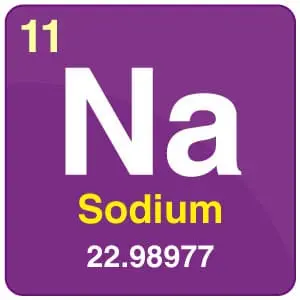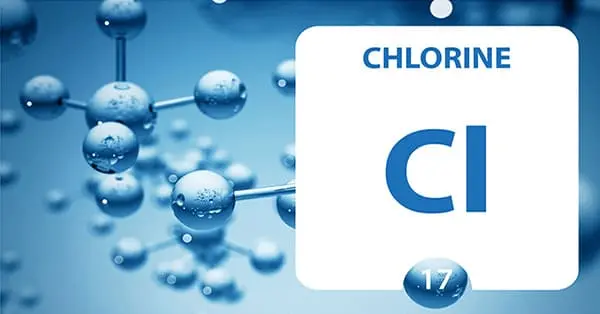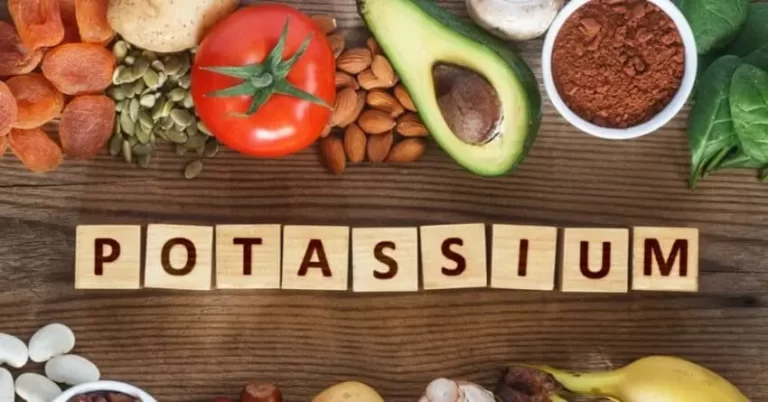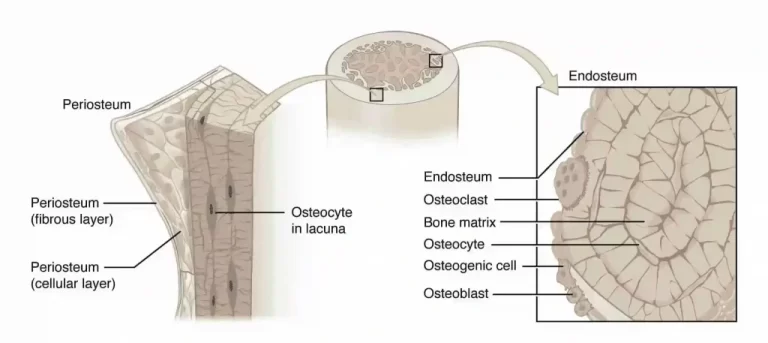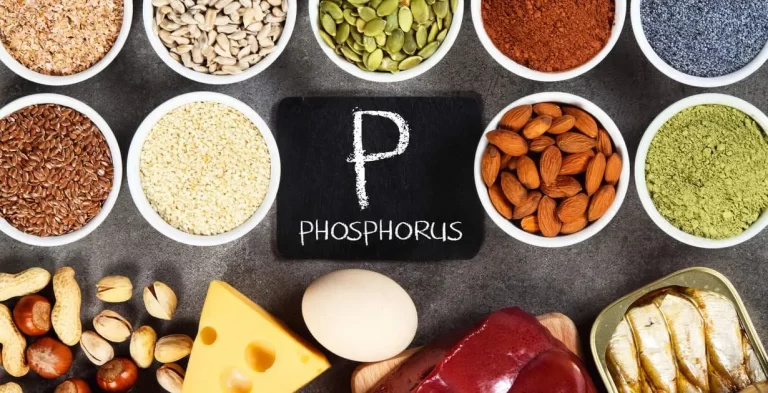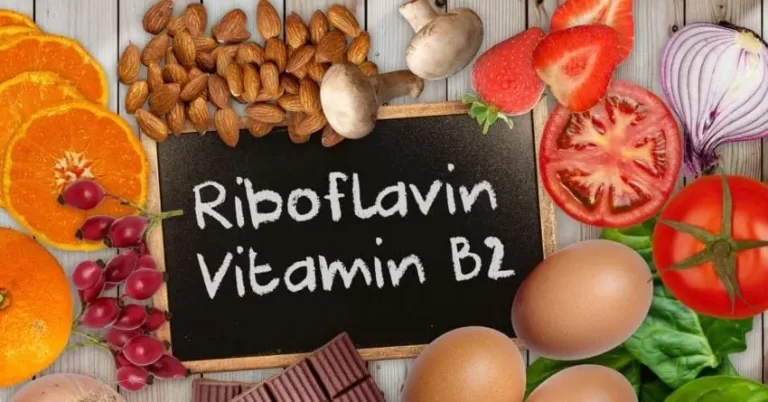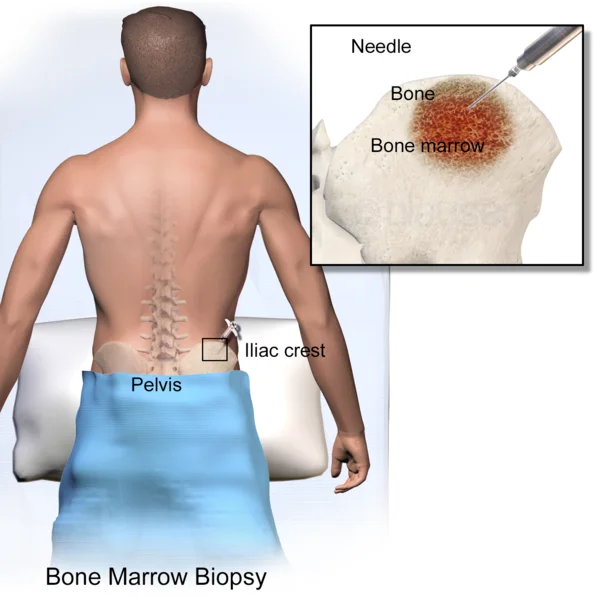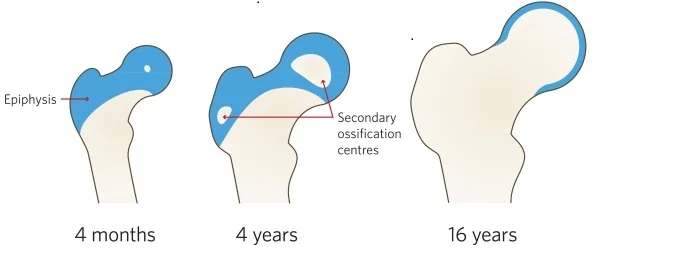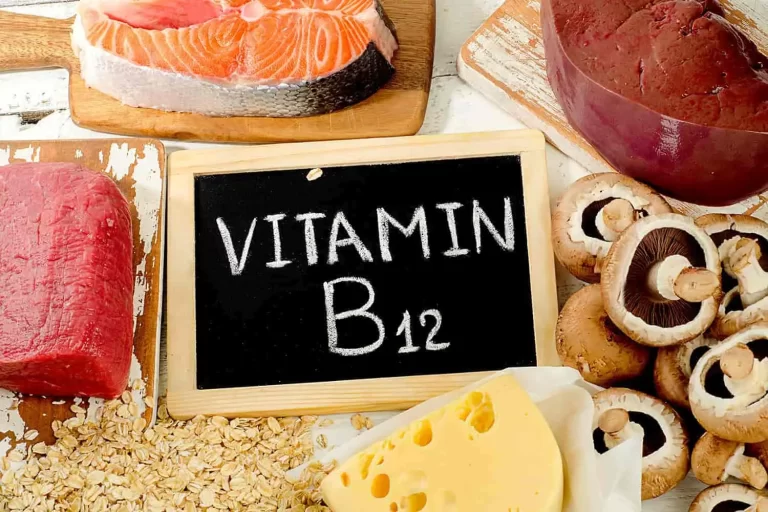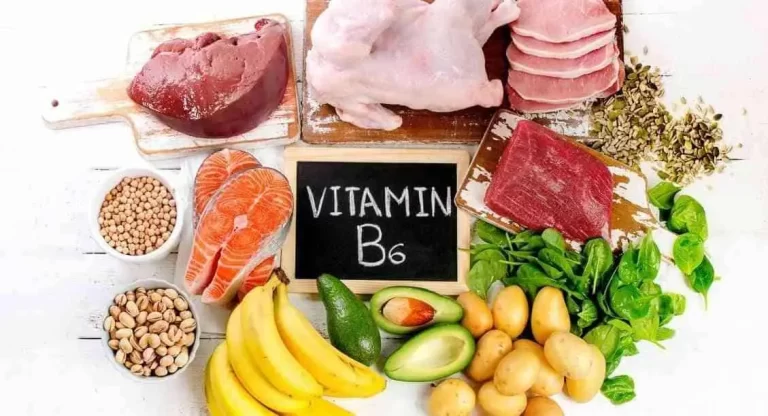Sodium
What is Sodium? Sodium is a chemical element with atomic number 11 and the symbol Na, derived from the Latin natrium. It’s a very reactive, silvery-white, and pliable metal. Sodium belongs to group 1 of the periodic table, which is an alkali metal. 23Na is the only stable isotope in it. Since it is not…

